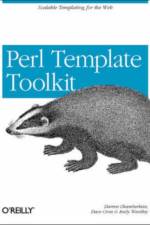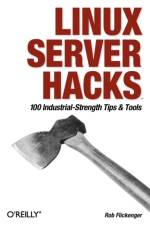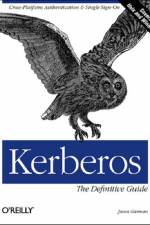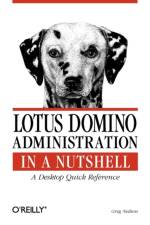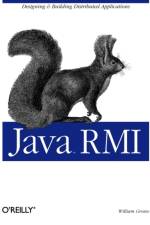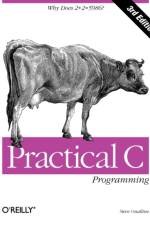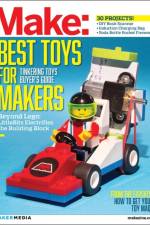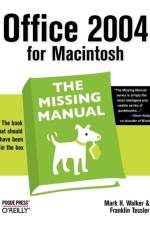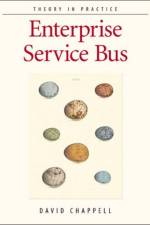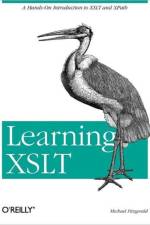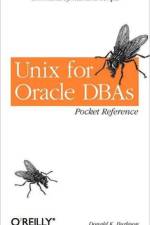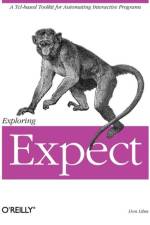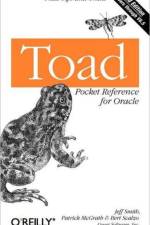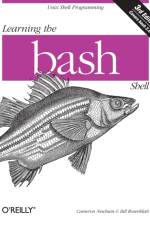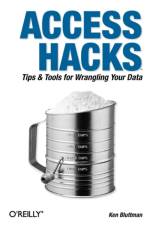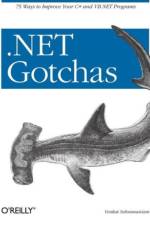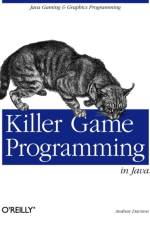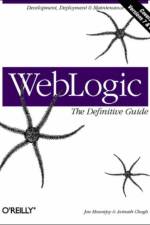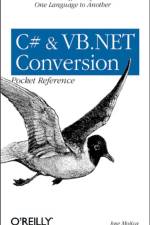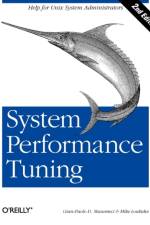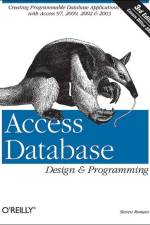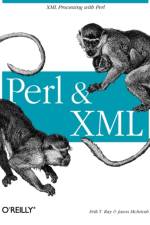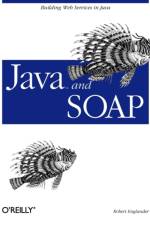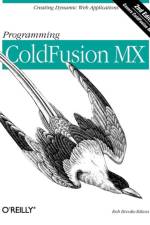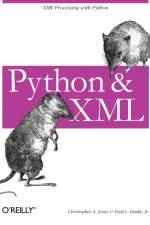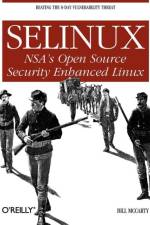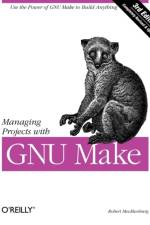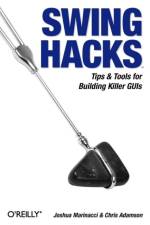- Creating Dynamic Web Applications
av Rob Brooks-Bilson
789,-
ColdFusion has enjoyed widespread use among developers as a powerful, easy-to-learn platform for creating and deploying dynamic web applications. ColdFusion's simple, tag-based language makes it easy to handle basic tasks, like processing form data and querying databases, but the language is also powerful enough to deliver highly scalable, robust applications. And now that Macromedia has integrated ColdFusion into its MX family of technologies, ColdFusion is capable of interacting with Flash MX applications, which opens up even more possibilities.The first edition of this book has been praised as "e;the best reference book available on the subject."e; This new edition, Programming ColdFusion MX, 2nd Edition, goes even further, documenting new techniques for using ColdFusion MX 6.1 to develop and serve dynamic web page content. This exhaustive guide covers everything from the basics to advanced topics, with numerous examples that you can use for your own applications. Contents include:Sharing application data using the web application framework and shared scope variablesAccessing databases, maintaining database records, and advanced database techniques such as drill-down queries, query caching, and query of queriesIntegrating applications with ColdFusion MX's new security frameworkInteracting with other data sources, including LDAP directories, email servers, and other web serversExtending ColdFusion with user-defined functions (UDFs), custom tags, and ColdFusion Components (CFCs)Advanced topics such as working with XML, consuming and producing web services, and integrating ColdFusion with Flash via Flash RemotingReference material for all the tags and functions that comprise CFML, the ColdFusion Markup LanguageProgramming ColdFusion MX, 2nd Edition, covers ColdFusion MX 6.1, the latest release of ColdFusion, and is packed with advanced strategies, insider hints, tips, and tricks for creating effective web applications. If you are a ColdFusion developer, you need this book to help you make the most out of ColdFusion MX.

